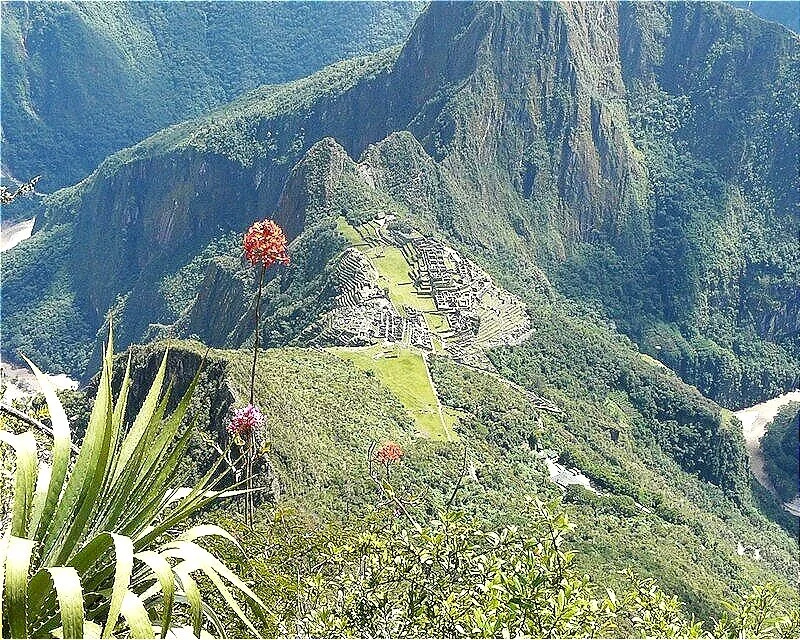Where To Stay In CUsco’s Amazonia
The Department of Cusco (also spelt ‘Cuzco’) is known the world over for being the heart of the Inca Empire, a civilisation which is closely associated with the Andes Mountains. However, over 50% of the Department is classified as Amazon Rainforest, and two major tributaries of the Amazon River run through it - the Urubamba and Apurimac.
The headwaters of the Apurimac are considered - by some - to be the source of the Amazon River, being the furthest point from the mouth, with an uninterrupted flow of water.
The Urubamba is responsible for carving out the Sacred Valley, and then rushes past Machu Picchu on its way downhill. In fact, many visitors are surprised to discover that the ruins of Machu Picchu are surrounded by lush vegetation, being located in high jungle.
One gets a sense of this when approaching Machu Picchu via Santa Teresa, such as on the Inka Jungle and Salkantay treks. This sleepy town is situated 6 km (4 miles) further down the Urubamba Valley, at 1,550 m (5,090 ft), and is surrounded by cacao and coffee plantations.
So, it is on the eastern slopes of Cusco’s Andean cordilleras that one finds snow-capped peaks gradually giving way to various types of forest, resulting in a hugely rich bio-diversity.
Here one also finds a number of indigenous groups, such as the Ashaninka and Machiguenga, living traditional lifestyles.
Of those jungle areas, much of it - such as Otishi National Park and Megantoni National Sanctuary - is protected, but rather inaccessible.
An exception to this rule is Manu National Park, which straddles the border of Cusco and Madre de Dios, and can be reached by vehicle from the city of Cusco, crossing two spectacular mountain passes. The journey takes roughly seven hours, depending on road conditions.
Those Manu lodges located on the Cusco side of the border are in cloud forest and a real favourite amongst birders, keen to see stand-out species, such as the Cock-of-the-Rock.
What our clients say about Cusco accommodation:
“The room and bathroom at Tierra Viva Machu Picchu was the best, but we really liked the gardens and the hotel environment at Hotel Pakaritampu [Ollantaytambo]”

